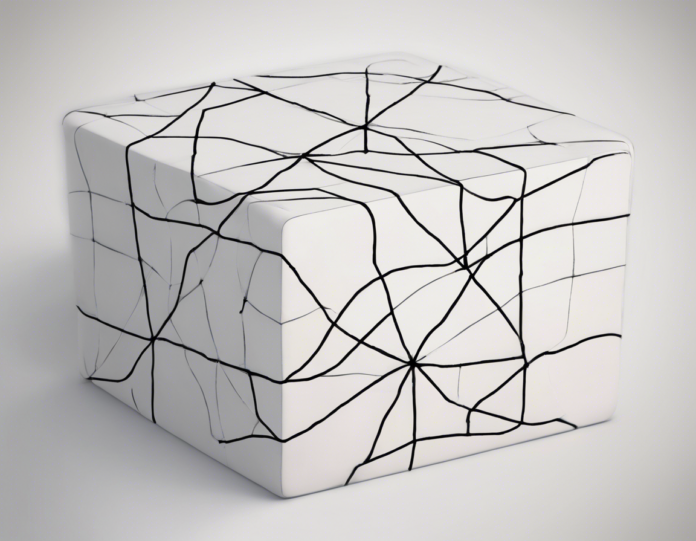If you’ve ever encountered the equation a^3 – b^3 and wondered how to solve it, look no further. In this comprehensive guide, we’ll delve into the intricacies of this algebraic expression and walk you through the steps to solve it efficiently.
Understanding the Formula a^3 – b^3
Before we jump into the solution, let’s break down the formula a^3 – b^3. This expression represents the difference of two cubes: a cubed (a * a * a) minus b cubed (b * b * b). The formula is a fundamental algebraic expression that often appears in mathematical problems, especially in factorization and simplification.
Factoring a^3 – b^3
To solve the expression a^3 – b^3, we can use a special factorization formula known as the difference of cubes. The formula states that a^3 – b^3 can be factored as follows:
a^3 – b^3 = (a – b)(a^2 + ab + b^2)
Steps to Solve a^3 – b^3
Now, let’s walk through the steps to solve the equation a^3 – b^3 using the difference of cubes factorization method:
-
Identify the Values of a and b: Before proceeding, ensure you have the values of a and b from the given equation a^3 – b^3.
-
Apply the Difference of Cubes Formula: Substitute the values of a and b into the formula (a – b)(a^2 + ab + b^2) in place of a^3 – b^3.
-
Calculate the Factors: Multiply (a – b) by (a^2 + ab + b^2) to obtain the factored form of a^3 – b^3.
-
Finalize the Solution: Simplify the expression further if possible, but remember that a^3 – b^3 = (a – b)(a^2 + ab + b^2) is the fully factored form.
Example Solution
Let’s consider an example to illustrate the steps outlined above:
Given: Solve 8^3 – 2^3
-
Identify a = 8 and b = 2.
-
Apply the difference of cubes formula: (8 – 2)(8^2 + 8*2 + 2^2)
-
Calculate: (8 – 2)(64 + 16 + 4) = 6 * 84 = 504
-
Therefore, 8^3 – 2^3 = 504.
FAQs on a^3 – b^3
-
Can a^3 – b^3 be factored further?
No, the expression a^3 – b^3 is fully factored as (a – b)(a^2 + ab + b^2) using the difference of cubes formula. -
What if a or b is a negative number in the equation?
The difference of cubes formula still applies, regardless of whether a or b is negative. Just substitute the values accordingly. -
Can the difference of cubes formula be generalized for higher powers?
Yes, there are similar formulas for the difference of higher powers, such as a^4 – b^4 and a^5 – b^5. -
In which mathematical concepts is the formula a^3 – b^3 commonly used?
The formula a^3 – b^3 is frequently utilized in factorization, simplification, and solving algebraic equations. -
Are there real-world applications of the formula a^3 – b^3?
Yes, the formula can be applied in engineering, physics, and various scientific fields where cubic relationships are involved.
In conclusion, understanding how to solve the formula a^3 – b^3 using the difference of cubes method is a valuable skill in algebra and mathematics. By mastering this technique, you can simplify complex expressions and equations efficiently.









